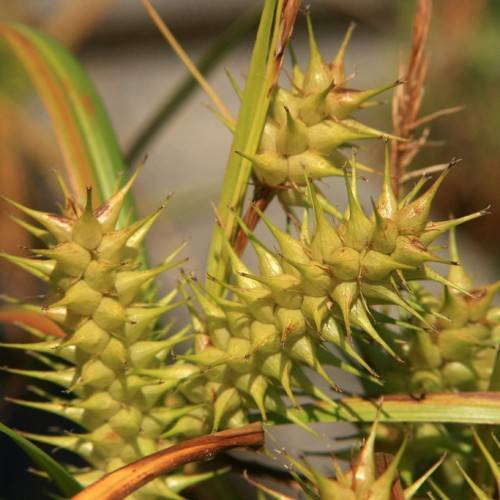
Hop Sedge
Carex lupulina
Watering:
Minimal
Hardiness Zone:
Flowers:
Flowers
Sun:
full sun,part shade
Fruits:
Fruits Ready In
Leaf:
Yes
Growth Rate:
Low
Salt Tolerant:
Yes
Care Level:
Medium
watering
Forest Sedge grows best in moist soils and should be watered once weekly to every other week, depending on the temperature and humidity of the area. In especially hot or dry climates, you may need to water the plant more often – up to twice a week. When watering Forest Sedge, thoroughly saturate the soil to a depth of 4-6 inches. Allow the soil to dry out slightly between waterings. Overwatering can lead to root rot, so be careful not to over-water the plant.
sunlight
Forest Sedge (Carex lucorum) thrives in partially shaded to full sun locations and prefers moist, loamy soils. It can tolerate moderate drought and also does well in moist and wet clay or chalky soils. This plant species should receive 3-4 hours of direct sunlight per day. During the summer months, the proportion of direct sunlight should be increased to 6-7 hours a day. In the winter, the plant should receive an average of 2-3 hours of sunlight. When Forest Sedge is planted in an area that receives direct afternoon sun, it is best to provide some light shade to protect the plant from intense heat and light exposure.
pruning
For Forest Sedge (Carex lucorum), pruning should take place twice a year during its dormant season. In the spring, prune it back no more than 1 third of its current height. In the fall, it should be pruned back another 1 third from what was left after the spring pruning. This will encourage healthy new growth and will ensure that the plant does not become overgrown. In addition, it should be pruned away any dead or damaged foliage and stems. When pruning, always use sharp, clean pruning shears or loppers.
